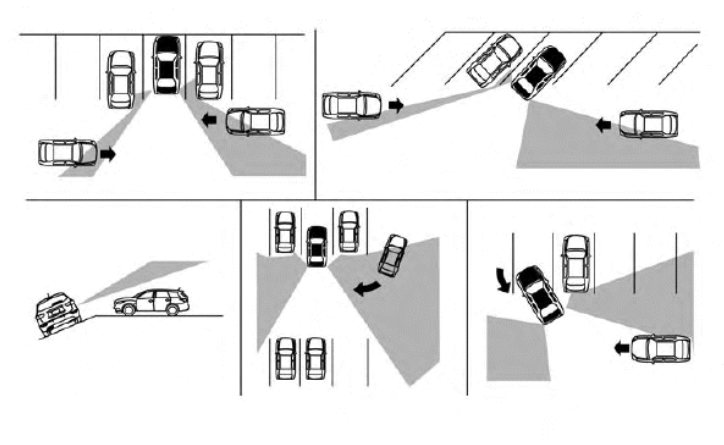Ever had a “BCI Malfunction” warning appear on your dashboard and wondered what it means? Don’t panic—you’re not alone. Back-up Collision Intervention (BCI) is a key Advanced Driver Assistance System (ADAS) designed to protect drivers when reversing. When it fails, it can reduce your vehicle’s safety.
This guide—backed by real troubleshooting steps, safety authority references, and manufacturer insights—explains what a BCI malfunction is, why it happens, and how to fix it.
What is Back-up Collision Intervention (BCI)?
Back-up Collision Intervention is an automotive safety technology first introduced by Infiniti (Nissan Motor Corporation) in 2012, and today it is used across multiple brands.
According to the Insurance Institute for Highway Safety (IIHS), advanced reversing systems like BCI significantly reduce the risk of low-speed collisions, which are among the most common parking lot accidents.
How BCI works:
Uses radar sensors and sometimes cameras in the rear bumper.
Detects stationary objects or moving vehicles while reversing.
Alerts drivers with audible beeps and dashboard warnings.
If ignored, it can apply the brakes automatically to reduce collision risk.
Common Causes of a BCI Malfunction
Based on manufacturer manuals (Infiniti, Nissan, Toyota, Honda), the most common causes include:
Blocked or Dirty Sensors
– Dirt, ice, or mud covering the bumper sensors prevents proper detection.Electrical or Battery Problems
– Weak batteries or poor alternator output disrupt sensitive ADAS electronics.Software Bugs or Calibration Errors
– Software glitches may trigger temporary warnings. Dealerships sometimes release firmware updates to fix them.Damaged Hardware
– Broken sensors, wiring harness damage, or failed control modules.Moisture Intrusion
– Water leaks into connectors after car washes or heavy rain can short the system.
Symptoms of a BCI Malfunction
From real-world driver reports and service manuals, typical warning signs include:
Dashboard Alert: A “BCI Malfunction” light or message.
Unexpected Braking: The car brakes suddenly with no obstacles present.
Failure to Engage: The system doesn’t alert you when backing toward an object.
Electrical Side Effects: Voltage issues may cause flickering lights or slow starts.
Step-by-Step Troubleshooting a BCI Malfunction
Before scheduling a costly dealership visit, try these practical, expert-approved steps:
Clean the Rear Sensors
Gently wipe the bumper-mounted sensors with a microfiber cloth.
Reset the System
Disconnect the negative battery terminal for 15–20 minutes, then reconnect.
This clears minor software glitches.
Check Your Battery Health
Use a multimeter or have it tested at an auto shop.
A healthy reading: 12.6V (off), 13.5–14.5V (running).
Look for Recalls
Use your VIN on the official NHTSA recall checker.
Many manufacturers issue free repairs for ADAS faults.
When to Seek Professional Help
If the issue persists, certified technicians have the right diagnostic tools to:
Read error codes via OBD-II scanners.
Reflash or update system software.
Recalibrate the sensors with precision equipment.
Replace damaged modules or wiring.

FAQs About BCI Malfunction
1. What does BCI stand for?
Back-up Collision Intervention, a reversing safety feature.
2. Can I still drive with a BCI malfunction?
Yes, but without collision intervention support. Extra care is required when reversing.
3. What is the average repair cost?
Cleaning or resetting: $0–$50.
Sensor replacement: $200–$500 each.
Control module: $500–$900.
4. How do I prevent BCI malfunctions?
Regularly wash sensors.
Maintain battery health.
Get periodic ADAS calibrations after bumper repairs or windshield replacements.
Final Thoughts
A BCI malfunction doesn’t make your car undrivable, but it weakens a vital safety shield designed to protect you during reversing. Regular cleaning, electrical maintenance, and prompt troubleshooting can resolve most issues.

By following these steps, you’ll keep your ADAS systems reliable, your passengers safe, and your peace of mind intact.


Great content